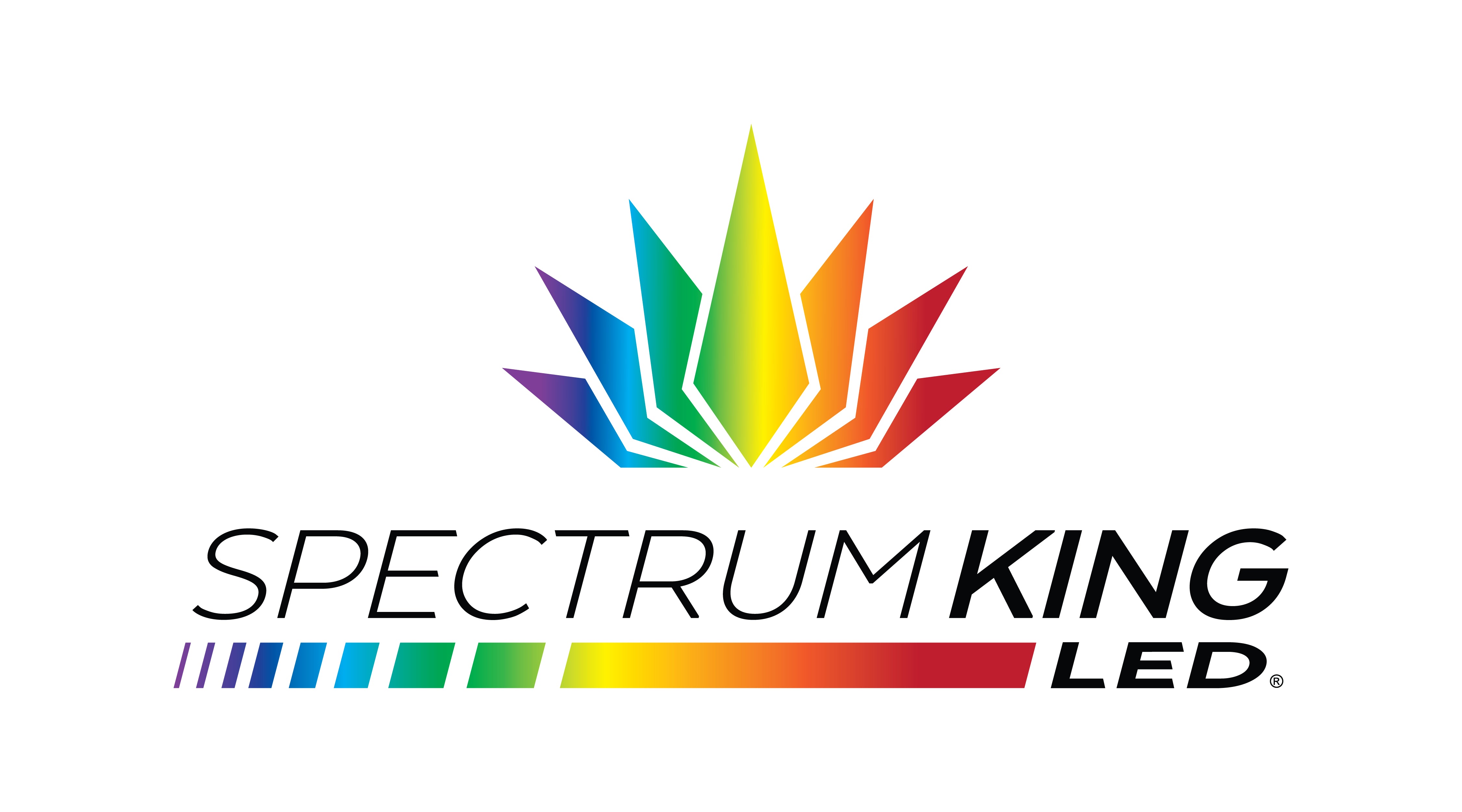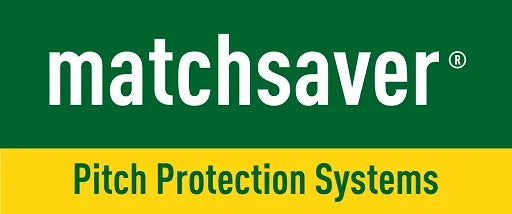The science behind the LED breeding lamp
The science behind the LED grow lamp (what should you believe now?)
We are going to talk about the science behind (LED) breeding lighting and why it can work so well. It is complicated matter but we try to explain it as simply as possible without being incomplete.
This will probably happen to you
You are planning to purchase an LED lamp for the growth and flowering of your plants, first look up some information .. Forget it, as soon as you go on the internet you will be topped with the sense and nonsense of everyone who wants to sell his lamps . The highest wattages, the largest amount of lux, lumen, candela and efficiency of photons etc .. They all promise the best results for your plants but none of the above measurement data is the right one. What should you believe now? In the garden and greenhouse construction it is all about the par value. To make this clear, we will explain the difference between a number of quantities such as Lumen, Lux and PAR in LED grow lights below. We hope to be of service to all growers who struggle with these questions.

Lumen (LM)
Lumen says something about the total light intensity of the light source. Lumen (LM) is the unit for luminous flow and is concretely measured in light quantity per unit of time (for example per second). The range of the lamp and the direction of the light is not important here, it is only about the amount of light that the lamp radiates. So it doesn't matter if there is a LED growing bulb A lens corner of 60, 90 or 120 degrees is used. The amount of lumen of this lamp always remains the same. A lamp with more wattage or less wattage can of course contain more or less lumen.
Candela (CD)
In contrast to Lumen, the direction of the light is important at Candela. Candela is the amount of light that is radiated to a certain angle by, for example, an LED grow lamp. A light angle of 60 degrees is therefore about the amount of light that is located within those 60 degrees. Candela is also not directly an interest in growing and blooming plants and flowers. A growth lamp with a high value measured in Candela therefore says little about the effect of it.
Lux (LX)
And then there is Lux, very important in all kinds of applications such as in sport or in the office, but again not important in an LED growing lamp. When one says that 200 lux is present, the average luxe value on a certain surface is often discussed. For example on a sports field of 90 by 50 meters. The amount of light can always be reduced to a surface size (for example a square meter). The further the light source is off the surface, the lower the amount of lux. Of course this is also different per light source, Lux only says something about the light quantity or light intensity. Lux is also the amount of lumen/m2.
Par
PAR stands for photosynthetically (photosynthesis) Active radiation (active radiation) and indicates which light plants need to arrive at photosynthesis. Lumen, Candela and Lux are used by people as dimensions and as a unit for the amount of light. This data is all perceptible with the human eye, that is not with par, par, par is not unit of measurement.
When we talk about LED growth bulbs, is the problem when using the value lux that you get different values than when you measure the amount of par. Blue light between 400Nm and 500Nm and red light between 600Nm and 700Nm are less present within the perceptible spectrum for humans. NM also stands for nanometer. Are you already falling asleep? Hold on, we will get to the core of this story.
Lumen is therefore for people and par is for plants, which is why only the PAR value must be used when we talk about LED growth lamps. In the aforementioned nanometer regions, plants are sensitive to the light, which means that photosynthesis is activated.
How is the par value determined?
With a quantum sensor you can determine the light intensity of an LED growing lamp. A quantum sensor uses an optical filter that is sensitive to par. In combination with a light meter, the total light intensity and the par value can be determined. Below you can see an image

What should I pay attention to when buying LED breeding lighting?
- How much par is radiated by the growth lamp (photosynthetic photon flux - ppf)
- How much of this par value is available/usable for the plant (Photosynthetic Photon Flux Density - PPFD)
- How much energy is used by the growing lamp to make the par available to the plant (Photon Efficiency - PE)
We explain that for a moment ..
Photosynthetic Photon Flux - PPF
This is the amount of par per second produced by a growth lamp, or called micromol per second (μmol/s). This still says little about the amount of light absorbed by the plants, but it does indicate how efficiently a (LED) growth lamp is in producing par. For the geeks: PPF is measured with a special spherical measuring instrument that collects all the photons that are emitted by the growth lamp. The light is let in by an opening in the dome. Below is an image.

Photosynthetic Photon Flux Density - PPFD
PPFD is measured in micromol per square centimeter per second (μmol/m2/s) and indicates how much light arrives at a certain location on the plant. It is a difficult quantity to measure, that is because for example an LED growing lamp, of course, contains more μmol in the center of the light beacon than on the sides. It is therefore important to have a good average value. One measurement is therefore never enough to determine the PPFD of a growth lamp. The PPFD also depends on the height at which the lamp hangs during the test. To get perfect measurement results you will therefore have to take both horizontal and vertical measurements in different places under the light source (growing lamp). When the LED department store is discussed about PPFD, this is almost always measured at the recommended hanging height of the lamps.
Photon Efficiency - PE
Wattage is a widely used given when purchasing an LED growing lamp. What many people do not know, however, that the wattage tells something about the lamp and the electronic input, not about the output of the lamp. What is possible with Wattage is to measure how efficient a grow lamp is, because you can share the PPF through the Wattage. Wattage is measured in Joules per second (J/s) and PPF as discussed in micromol per second (μmol/s). The efficiency of the lamp is then measured as micromol per joules (μmol/j). So you are behind how good a grow lamp is actually in converting electricity to par photons.
Conclusion
Within the light spectrum, plants and flowers in particular use the wavelengths between 400Nm to 700Nm to arrive at photosynthesis. It is therefore important that you purchase a lamp in which this light spectrum is represented. In the 12-band Spectrum (also known as full spectrum) there are also the red and far red (direction 700nm) that the plant needs to bloom. Then pay attention to the average PAR value in combination with the wattage.
We hope you have benefited from all this information, but we can imagine that this raises more questions about you, so take it contact on.
Good article? Simply share it with your friends and acquaintances via the buttons on the right side of this page.
- If you choose a selection, the page will be completely renewed.
!























